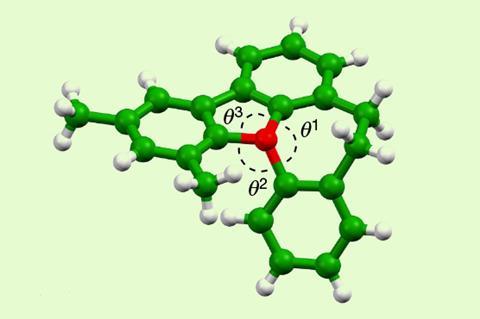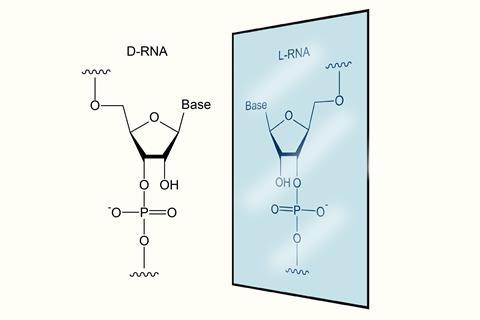Pharmaceutical giant Pfizer has agreed to buy leading cancer drugmaker Seagen for $43 billion (£36 billion) in cash. The biotech, based outside Seattle, US, is one of the pioneers in antibody-drug conjugates (ADCs). Most ADCs use a chemical linker to join an antibody, for tumour targeting, to a potent toxic agent, for killing cancer cells. […]
Read More








